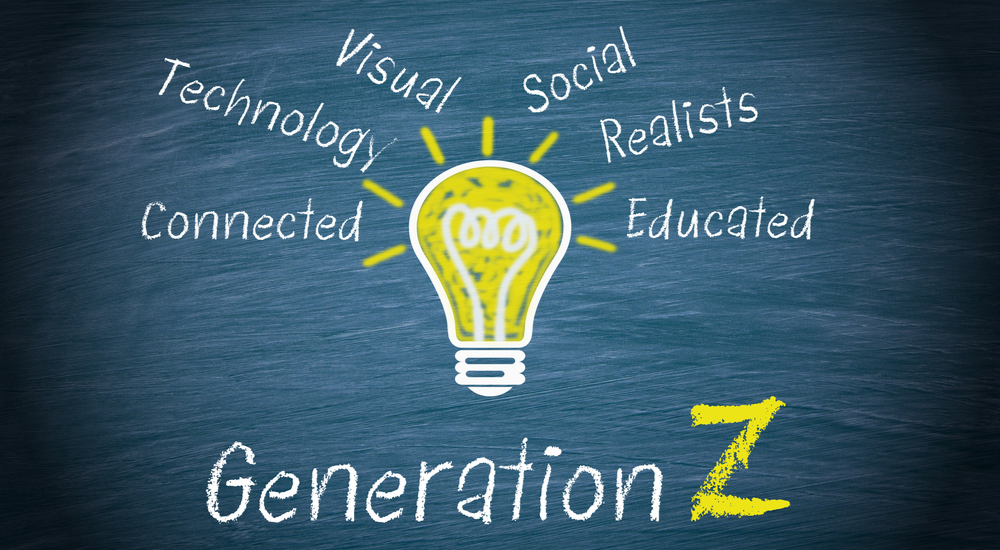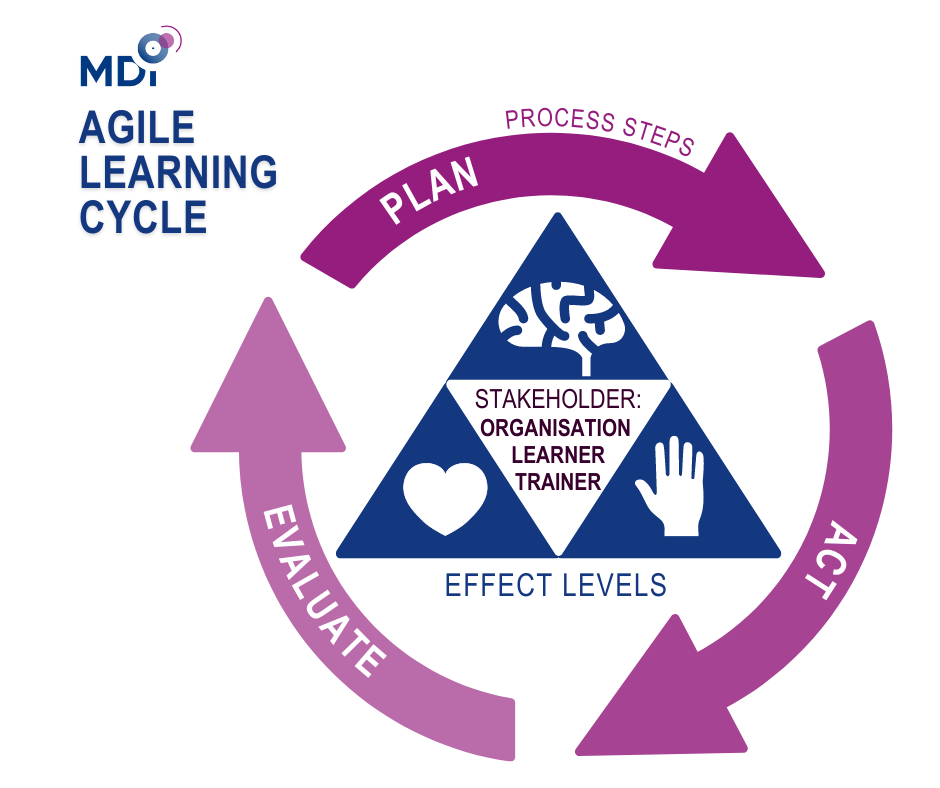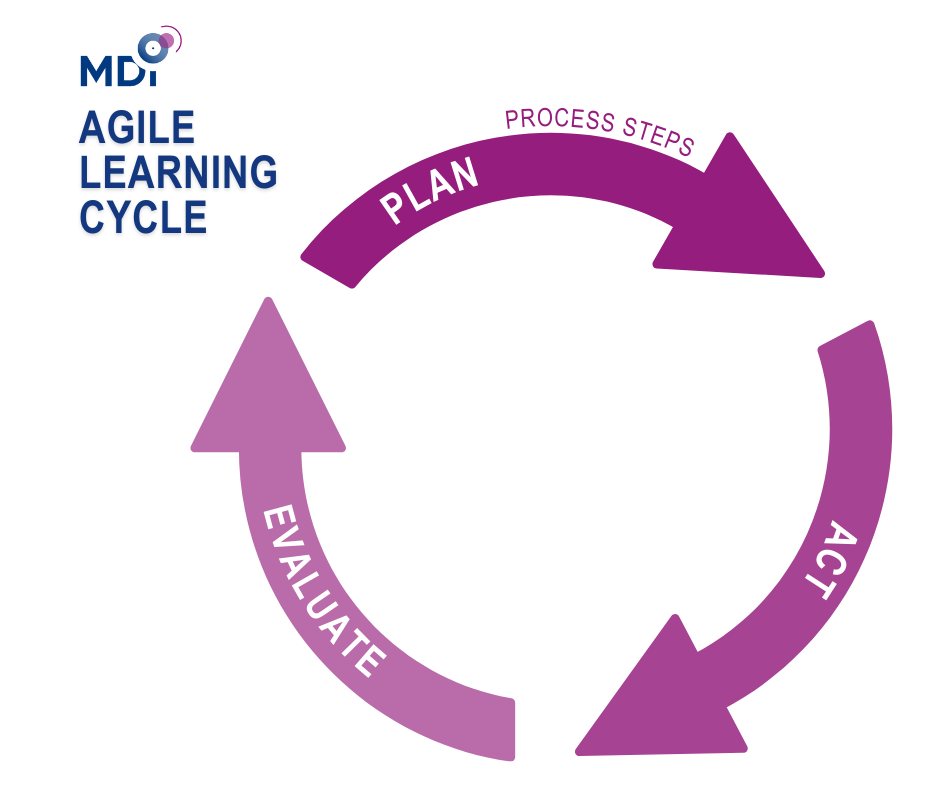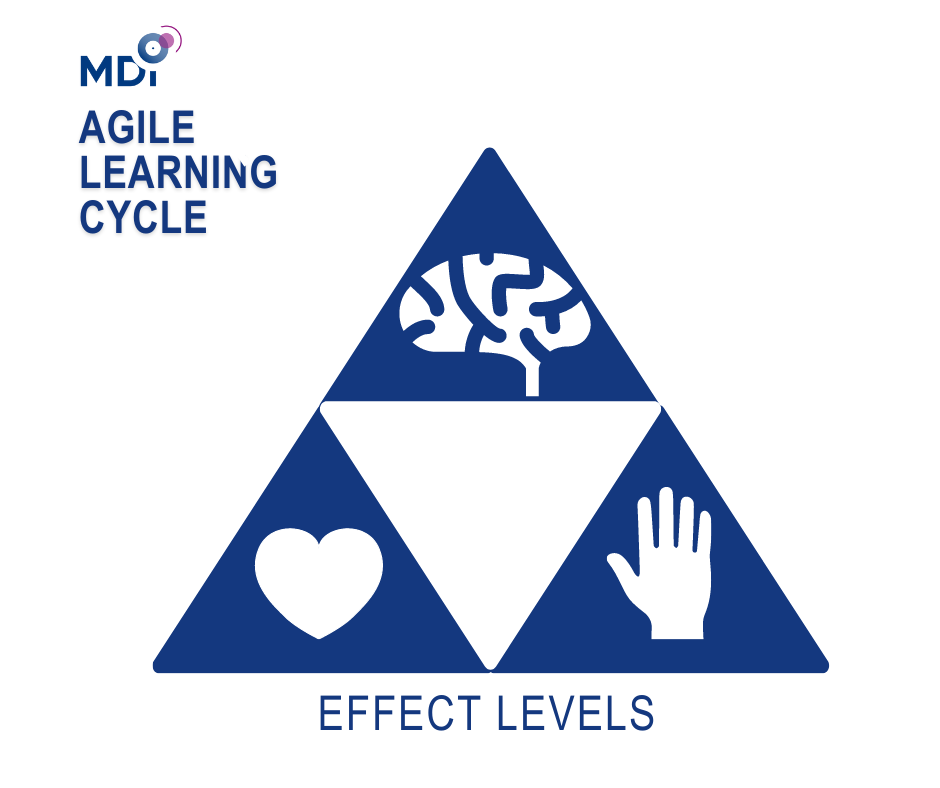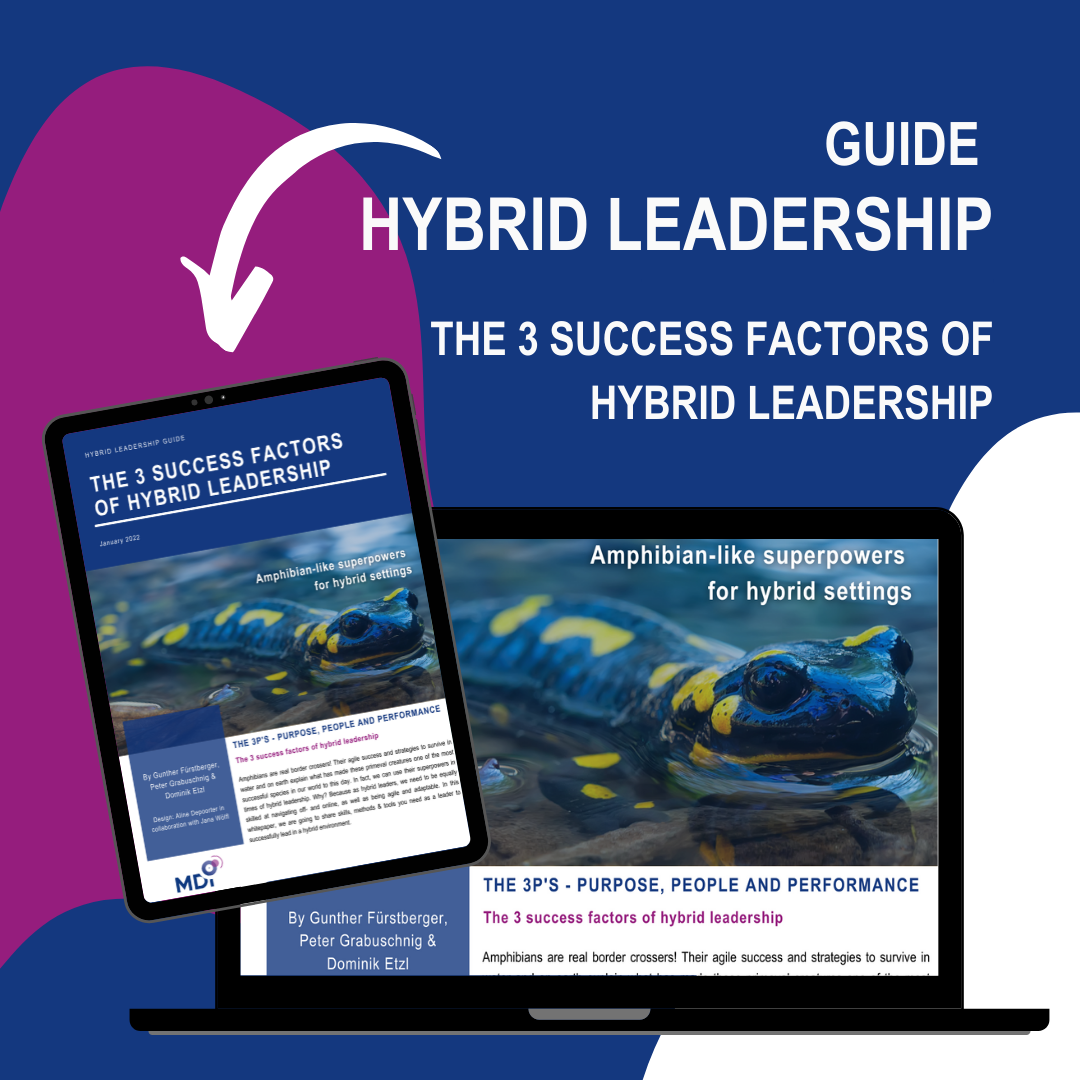Dear Jana, Let’s Spill the Tea on Generation Z 🙂
Tell us a little bit about yourself.
What are your professional interests and what further education do you aspire to?
My professional interests actually change all the time. Right now, though, I’m about to start my bachelor’s degree in the Netherlands – International Studies at Leiden University. It’s an interdisciplinary degree that studies economics, culture, language, and politics based on a specific world region. So it’s perfect for someone like me who has no idea what exactly she’s interested in or what she wants to do later on.
However, I could well imagine going in a creative direction later on (e.g. in the field of graphic design) or writing and reporting for media as I am doing right now at MDI.
What would an employer have to offer (website, job advertisement, etc.) to appeal to you?
First, the price-performance ratio needs to be right – I don’t want to do more work than I get paid for. At the same time, I must get the feeling that I fit in with this company – this can happen through a nicely designed website, a pleasant ad or an exciting job description.
Requirements currently too high
But it’s also important that the employer doesn’t set too many conditions that I can’t fulfil. A common problem in my environment is that you don´t have as much previous professional experience due to school and university as is often required. Right now, it´s really hard to find even an easy job where experience in 10 different fields or a personal contact isn´t essential.
In general, do you already know what is important to you in your job?
No, not yet exactly. I know that I don’t want to spend 100% of my working time behind a screen. And this is going to sound banal, but I expect my job to make me want to go there and maybe even develop a passion for what I do. I can’t imagine anything worse than a workplace where my stomach clenches every time I think about it.
What motivates you in a professional context?
On one hand, as I said,
- the interest in the job
- and the fact that I enjoy going to work.
- On the other hand, the people I cooperate with play a big role.
Team cohesion
I feel incredibly comfortable at MDI, mainly because we have great team cohesion. That motivates me – I always enjoy going into the office and chatting with my colleagues.
Recognition and feedback
Another factor for me, of course, is the recognition and feedback I get for the tasks I complete. It’s important for me to know that what I do for MDI every day is well received or that I’m doing a valuable job for the company. And if that’s not the case, I want that to be communicated honestly and transparently as well, so I know how I can improve.







